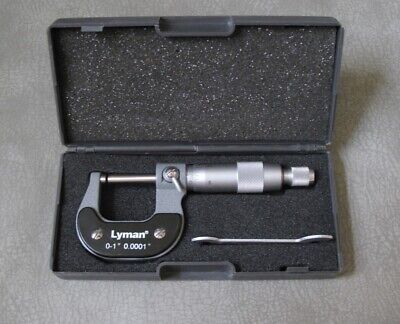Read all you can, then read it again. I’ve read this stuff 42 times and I am still lost as a goose in a snow storm some days. Shooting your own cast is a lot of fun, but it can be a pain in the ass. Rifles are particular more aggravating, especially if your chasing accuracy, rather than pistols. At least for me it is. I’m still learning this stuff and have been at it for 8-9 years now.
One thing I will tell you, these guys here know their stuff, and know it well. They may seem to be beating you up, but it’s a lot more to it than just shove a bullet in there and let it fly.
If you want accuracy and no leading, you want a snug fit, snug enough it will be a little tight to chamber a round. There are so many variables and small tweaks you can make it becomes a sum of 20 little things that can make or break a load. Bullet diameter is one of the bigger ones. I’m shooting bullets .003 over groove diameter in some of my loads. Some bullets won’t work in some guns, so you buy another mold or figure out a way to nose size, or whatever. Shooting cast ain’t always a money saver, it’s a love of the hobby, that only few have. It’s a lot of work, and time.
You don’t have to break the bank, but a set of decent dial calipers is a must in this hobby.
ETA: that’s a good looking scooter you got there in your avatar!!!
www.artfulbullet.com

